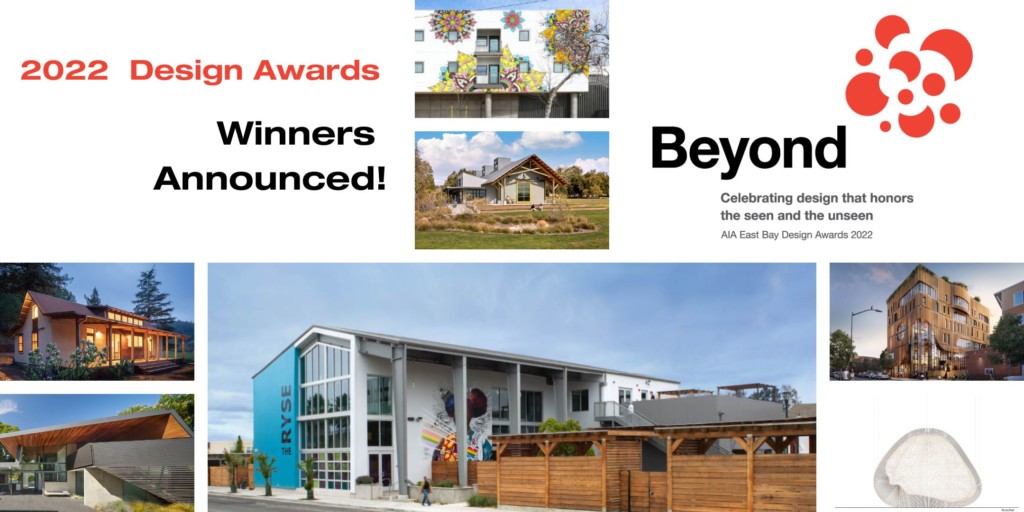Accessibility Code Compliance by Kerwin Lee, AIA
Complying with all the required regulations for disabled accessibility is a daunting and confusing task. It is not as simple as complying with a single code. Your first obligation is compliance with the State Code, California Building Code (CBC), but then there is the Fair Housing Amendment Act (FHAA or FHA) and the Americans With Disabilities Act (ADA). These two Federal Acts or Laws, are developed and administered by two different agencies: Housing and Urban Development (HUD) and the Department of Justice (DOJ). For this reason that is why we even have a Chapter 11A and 11B.
The main reason for the two Sections is based on how the State assigns authority for different areas of construction: Housing is under Housing and Community Developments (HCD) and everything else is under Division of the State Architect – Access Compliance (DSA-AC). This aligns with the two Federal Accessibility Standards: FHA and the ADA. So for compliance with the Federal standards, compliance with Chapters 11A and B is fairly safe. There is a term used by the legal community’ “Safe Harbor”.
This is used to label a document, like another code and/or Standard, that if you complied with that code, it is considered equivalent to compliance with the main Standard, i.e. FHA or ADA standards. Chapter 11 of the IBC along with ANSI A117.1 Standards, written by the ICC, has been approved by HUD as a “Safe Harbor”.
The ADA does have a clause that allows the DOJ to Certify a code as compiling with the ADA Standards, Safe Harbor. Previously 5 State Codes were certified. These 5 codes have lost their certifications and no other codes have been certified since. So, there are no Safe Harbors for compliance with the ADA, including the State of California. I have not heard of a legal case that has tested this, but a good ADA attorney will test this in an actual court case.
The State has and continues to make changes to the code to Chapter 11B. The intent was to make it easier for the user to look in one chapter to find the requirements for housing to apply to “Public Housing”. Previously, a designer and/or building official would have to go back and forth between chapters 11A and 11B to determine what should be applied.
Although DSA’s action may be viewed as a good effort, the problem I see is that now the State has blended two Federal Standards together. These two standards do not address the same requirements, so applying the FHA standards to the ADA’s for compliance for “Public Housing” will not, in my opinion, comply with the ADA.
One would have to do a line by line comparison between the FHA and the ADA standards to compare every element. Look at Section 233.3 of the ADA Standards for Scoping requirements and Section 809 for technical requirements. This would be Sections 11B-233, Public Housing Facilities and 11B- 809, of the CBC. Here are few elements in the current code (2022 CBC) that do not align:
- Site Access, use of “site impracticality”. The ADA does not have this definition and method of evaluation for site access.
- Required number of units and types, which include units for sale and for additions and alterations.
- Maneuvering and space requirements related to kitchens, Section 804 of the ADA and bathrooms, Section 809.4, which refers you back to 603 through 610. Remember that the ADA was developed mainly for Public Accommodations and not individual dwelling units. This would include: Cabinet layouts and Showers.
- On the table for an upcoming change is the definition of an “Elevator Building”. Elevator requirements from the FHA are different from the ADA.
If you have a “Public Housing ” project, make a quick comparison by looking at the 2010 ADA Standards and see how it addresses elements with the dwelling unit differently. You will get confused because you are comparing two totally different Standards and requirements. The bottom line is that we are required to comply with the California Building Code (CBC). Compliance with the FHA and ADA are a legal matter. Does compliance with the State Code provide a “Safe Harbor” for compliance with the FFHA or the ADA or put a designer in jeopardy of non-compliance with the ADA?
Kerwin Lee, AIA
Comments from Jonathan Clark, AIA: As all licensed architects are required to do 5 hours of continuing education related to accessibility, I can only assume that most of those reading this article are at least familiar with most of the subject matter that Kerwin wrote about. I recently attended a single day seminar which was offered through the East Bay AIA chapter whose speaker was Steve Winkel, FAIA. He made a couple of interesting comments that stuck out to me. The first was that the ADA is not something that is enforceable by building officials. He suggested that the term ADA should not exist anywhere within building permit plan sets unless the project requires actual compliance with it. Unfortunately, in California, the term “ADA” gets used very loosely and causes more confusion than clarity in my opinion. I think that is why he suggested not to include that term. Second, he also suggested that those who are really responsible for complying with the ADA are those who are actually building the building and not the designers. Interesting items to ponder about. He also suggested an informed conversation with project ownership to define ADA scope is probably the best thing that any of us could do as early in the project as possible.


Responses